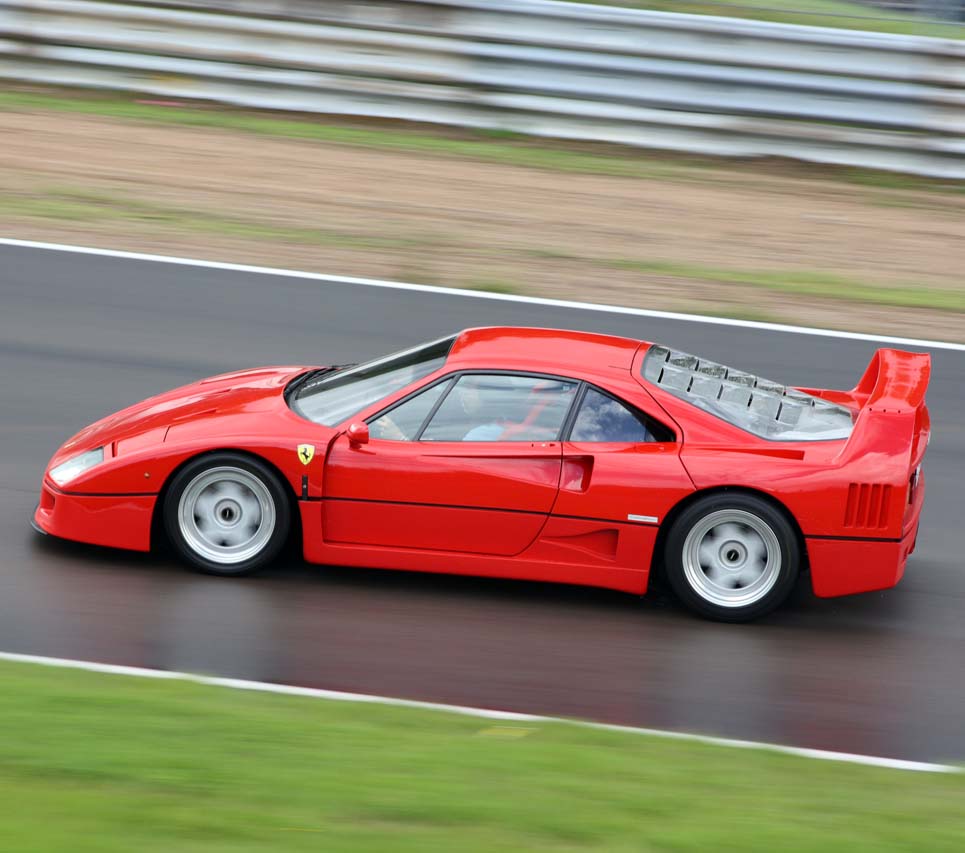Ferrari F40 Review

Built in order to mark the celebration of 40 years of Ferrari, the Ferrari F40 has become a legend in the automotive world. Race car drivers and automotive journalist alike have stated that this is the best car in the world, carrying over a legacy unadulterated by the addition of electronics and unnecessary comfort additions, […]
